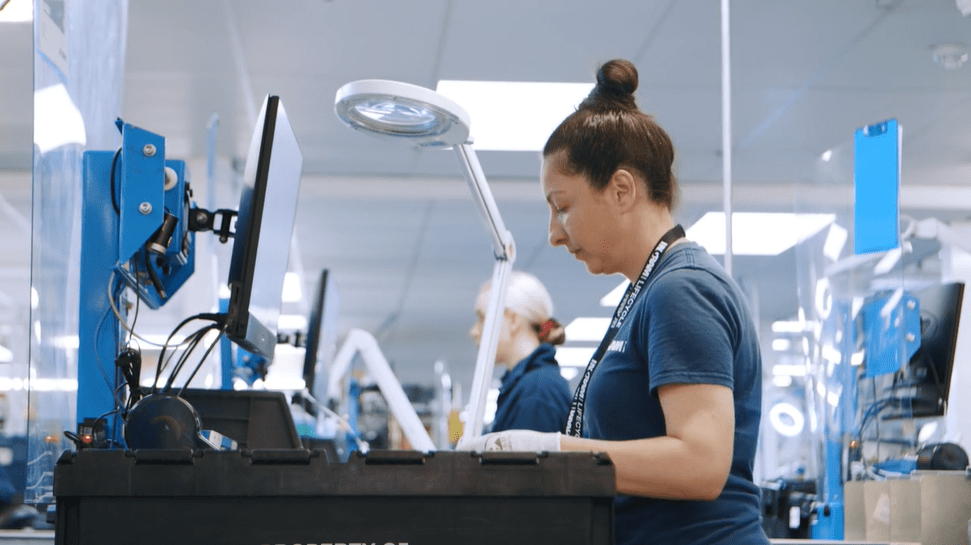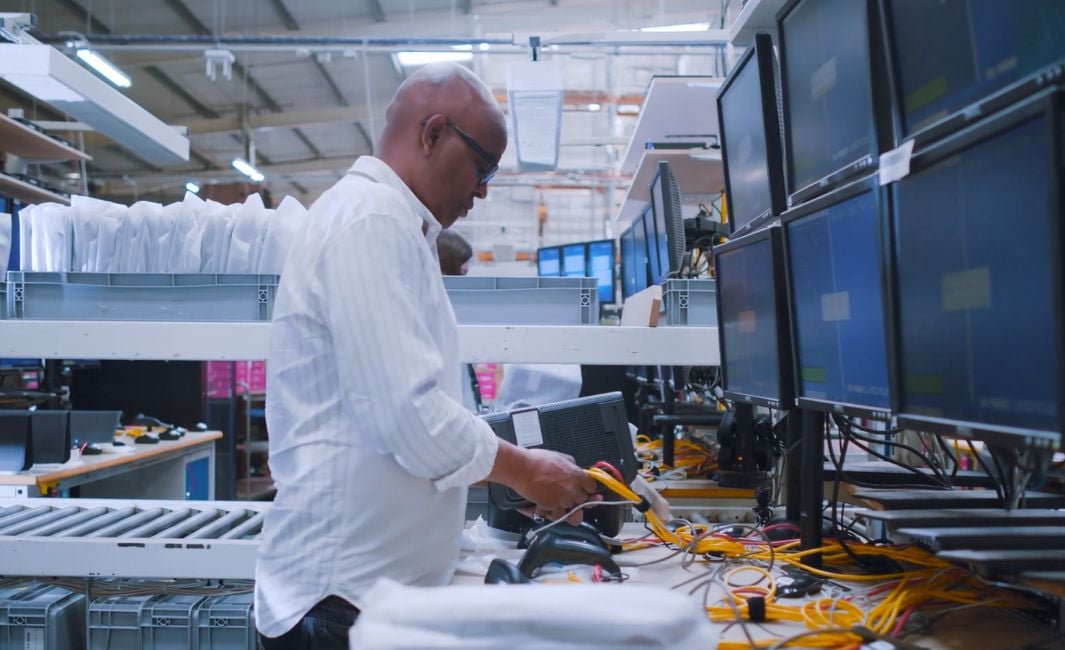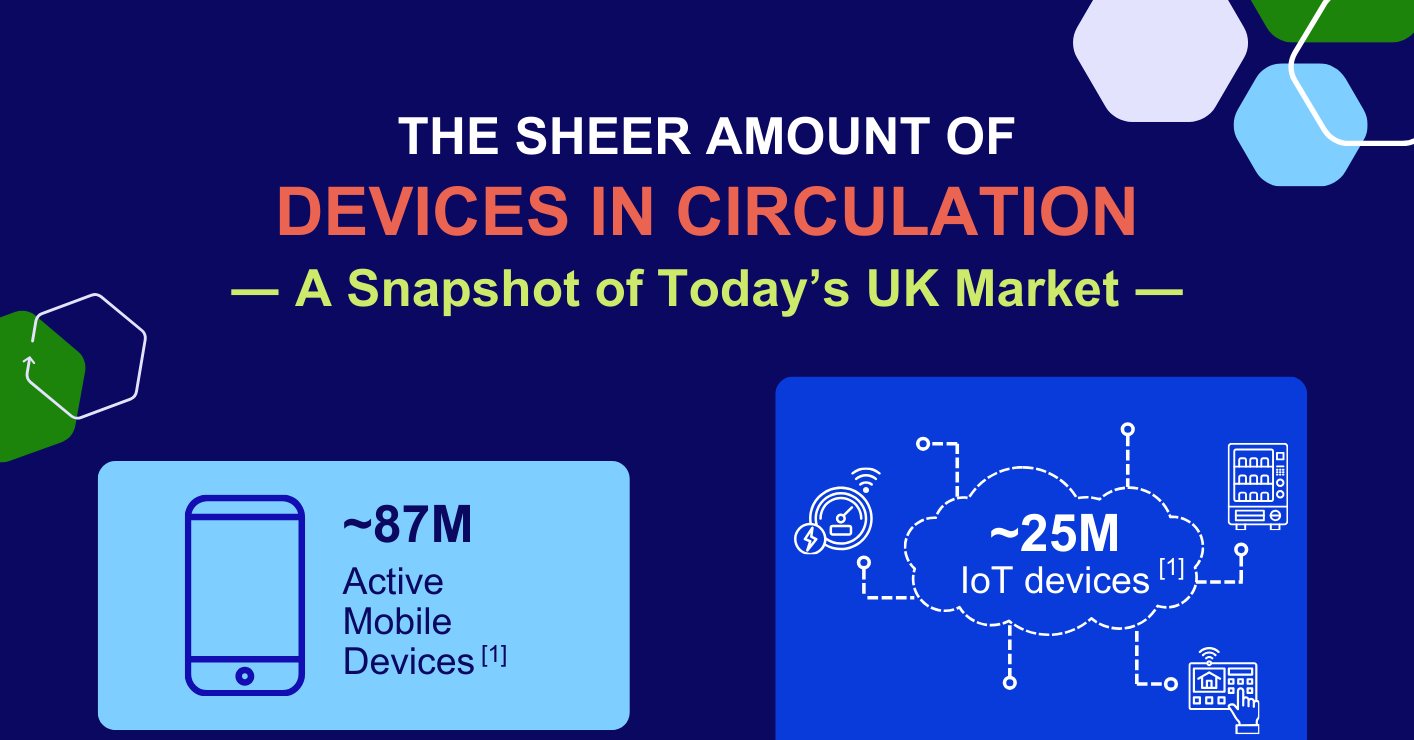Click to enlarge
The consumer trade-in market for electronic devices has become an increasingly important segment of the technology industry, driven by rapid technological advancements, environmental concerns, and changing consumer behaviours. This report analyses the trends in the trade-in market for tablets, mobiles, wearables, MacBooks, and game consoles in the UK and Europe.
Mobile Phones
The mobile phone trade-in market remains the most significant segment in the UK and Europe.
UK Market
- The UK mobile trade-in market has shown steady growth, with more consumers opting to trade in their old devices when upgrading1.
- Major retailers like John Lewis offer trade-in programs for mobile phones, indicating the mainstream adoption of such services1.
European Market
- The European market has also seen growth in mobile trade-ins, although adoption rates vary across countries.
- There is a trend towards more sustainable consumption, with consumers increasingly aware of the environmental impact of electronic waste2.
Tablets
The tablet trade-in market shows different patterns than smartphones, with slower upgrade cycles affecting trade-in frequency.
UK Market
- Retailers like John Lewis accept tablets for trade-in, suggesting a steady demand for this service1.
- The tablet trade-ins market is smaller than that of smartphones, likely due to longer device lifespans.
European Market
- Like the UK, the European tablet trade-in market is less dynamic than the smartphone market.
- A growing trend of consumers holding onto tablets for extended periods could impact trade-in volumes2.
Wearables
The wearables trade-in market is relatively new but showing promising growth.
UK and European Markets
- Both markets are seeing an increase in wearable trade-ins, particularly for smartwatches1 3.
- As the wearable technology market matures, trade-in programs are becoming more common, with retailers expanding their services to include these devices.
MacBooks
The MacBook trade-in market is significant, particularly given the higher value of these devices.
UK Market
- Trade-in programs for MacBooks are well-established in the UK, with retailers like John Lewis offering such services1.
- There's a trend towards consumers trading in older MacBooks for newer models, driven by Apple's regular product updates.
European Market
The European market for MacBook trade-ins follows similar patterns to the UK, focusing on sustainability and circular economy principles2.
Game Consoles
The game console trade-in market is unique, often tied to new console releases and gaming trends.
UK and European Markets
- Both markets show active trade-in programs for game consoles, with retailers accepting various console models.
- The trade-in market for consoles often sees spikes around the release of new-generation consoles as consumers look to upgrade.
Key Trends Across Markets
- Sustainability Focus: UK and European markets are seeing increased consumer awareness of electronic waste, driving participation in trade-in programs2.
- Retailer Participation: Major retailers and specialised trade-in companies are expanding their services to cover a broader range of devices1.
- Value Retention: Consumers are becoming more aware of the residual value of their devices, influencing their decision to trade in rather than discard old electronics.
- Integration with New Purchases: There's a trend towards integrating trade-in offers with new device purchases, as seen in John Lewis's approach1.
- Expanding Device Categories: The trade-in market expands beyond traditional categories like phones and laptops to include wearables and other emerging device types3.
The trade-in market for electronic devices in the UK and Europe shows overall growth, with variations across device categories. Mobile phones dominate the trade-in landscape, while other categories, like wearables, show promising growth. Both markets are influenced by increasing environmental awareness and the push towards a circular economy in electronics consumption.
Recommendations
- Retailers should focus on expanding and promoting trade-in programs for wearables and tablets, as these markets show growth potential.
- Emphasise the environmental benefits of trade-ins to appeal to increasingly eco-conscious consumers.
- Develop more integrated trade-in programs that seamlessly combine the purchase of new devices with the trade-in of old ones.
- Invest in consumer education about the value retention of electronics to encourage more frequent trade-ins.
Quantitative Data on the Trade-In Market
Trade-In Volumes and Values
The trade-in market for consumer electronics has seen significant growth in recent years. In Q3 2024, a record-breaking $1.092 billion was returned to U.S. consumers through trade-in programs7. This marks the first time the $1 billion threshold has been reached in a third quarter, highlighting the increasing popularity of trade-in programs.
Device-Specific Trends
- Mobile Phones: The iPhone 13 has become the most traded-in device, accounting for 23.2% of the top five turned-in devices7. This shift towards newer models indicates consumers are upgrading more frequently, driven by the appeal of 5G and AI capabilities.
- Android Devices: The Samsung Galaxy S22 Ultra 5G has overtaken the Galaxy S21 as the most traded-in Android device7.
Average Device Age
The average age of devices at trade-in has decreased for the first time in 2024:
- iPhones: 3.69 years
- Android devices: 3.38 years7
This decrease suggests a trend towards more frequent upgrades, particularly as consumers seek to benefit from the higher trade-in values of newer, 5G-enabled devices.
Market Growth Rates
- The European online consumer electronics market is projected to grow from €90 billion in 2023 to €107 billion by 2025, representing a 19% increase4.
- The European consumer electronics market is expected to grow by 1.25% annually, reaching €210 billion by 20254.
- The recommerce sector, which includes trade-ins, is growing at a faster rate of 15% annually4.
Refurbished Market
In 2023, the Consumer Electronics ReCommerce market (online) was valued at €7.7 billion, representing 8.6% of the total online Consumer Electronics market. This share is expected to grow to 11% by 2025, indicating a 50% increase in turnover4.
These quantitative data points demonstrate the robust growth and evolving dynamics of the trade-in market for consumer electronics in Europe and the United States. The trend towards trading in newer devices, particularly 5G-enabled models, is reshaping the secondary device market and contributing to the circular economy in the electronics sector.
Which brands are most popular for trade-ins?
Based on the available data, the most popular brands for trade-ins of consumer electronics in the UK and Europe are:
UK Market
- Samsung
- Apple
- Sony
Samsung and Apple consistently rank among the UK's top consumer electronics brands. In 2024, Samsung, Philips, and Duracell received the highest ratings in a survey of British public opinion on consumer electronic brands, with over 70% of the population having a favourable opinion of these brands5.
Apple products, mainly iPhones, are also highly popular for trade-ins, including:
- iPhone 13
- iPhone 14
- iPhone 14 Pro Max
- iPhone 12
- iPhone 14 Pro
European Market
- Apple
- Samsung
- Sony
In the broader European market, Apple and Samsung remain dominant players. The consumer electronics trade-in market is growing, with a focus on sustainability and circular economy principles.
Key Trends
- Smartphones: Mobile phones, particularly iPhones and Samsung Galaxy models, are the most frequently traded-in devices across both markets.
- Gaming Consoles: The PlayStation 5 is among the most popular traded-in devices.
- Laptops and Tablets: MacBooks and iPads are also popular trade-in items, reflecting Apple's strong presence in the market.
- Refurbished Market Growth: Platforms specialising in refurbished electronics, such as Back Market and Refurbed, are gaining popularity across Europe, indicating a growing trend in trading used devices for refurbishment and resale6.
- Sustainability Focus: There's an increasing emphasis on environmental sustainability in the trade-in market, with consumers becoming more aware of electronic waste issues4.
It's important to note that the popularity of brands for trade-ins often correlates with their overall market presence and the frequency of new model releases, which encourages consumers to upgrade and trade in their older devices.
NOTE
This report has been prepared using the best available information at the time of writing. While every effort has been made to ensure accuracy, Errors and Omissions Excepted (E&O E), the authors accept no liability for inaccuracies or oversights.

Get support on closing the loop on device lifecycle management.
Experts in device lifecycle extension services, including IT asset disposition, reverse logistics, and asset management.











